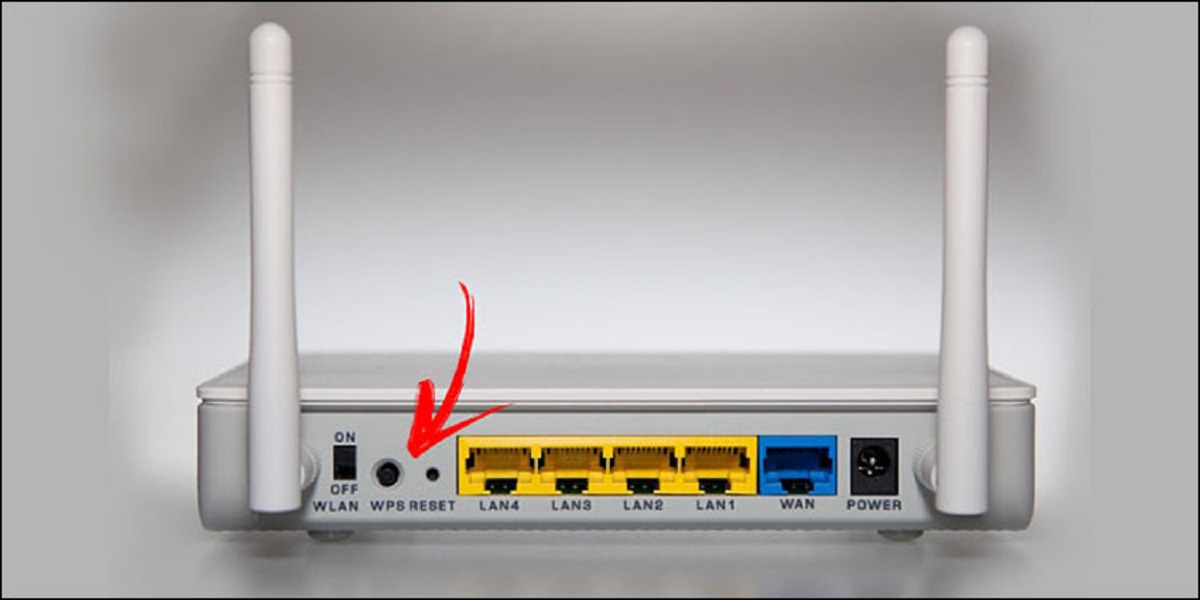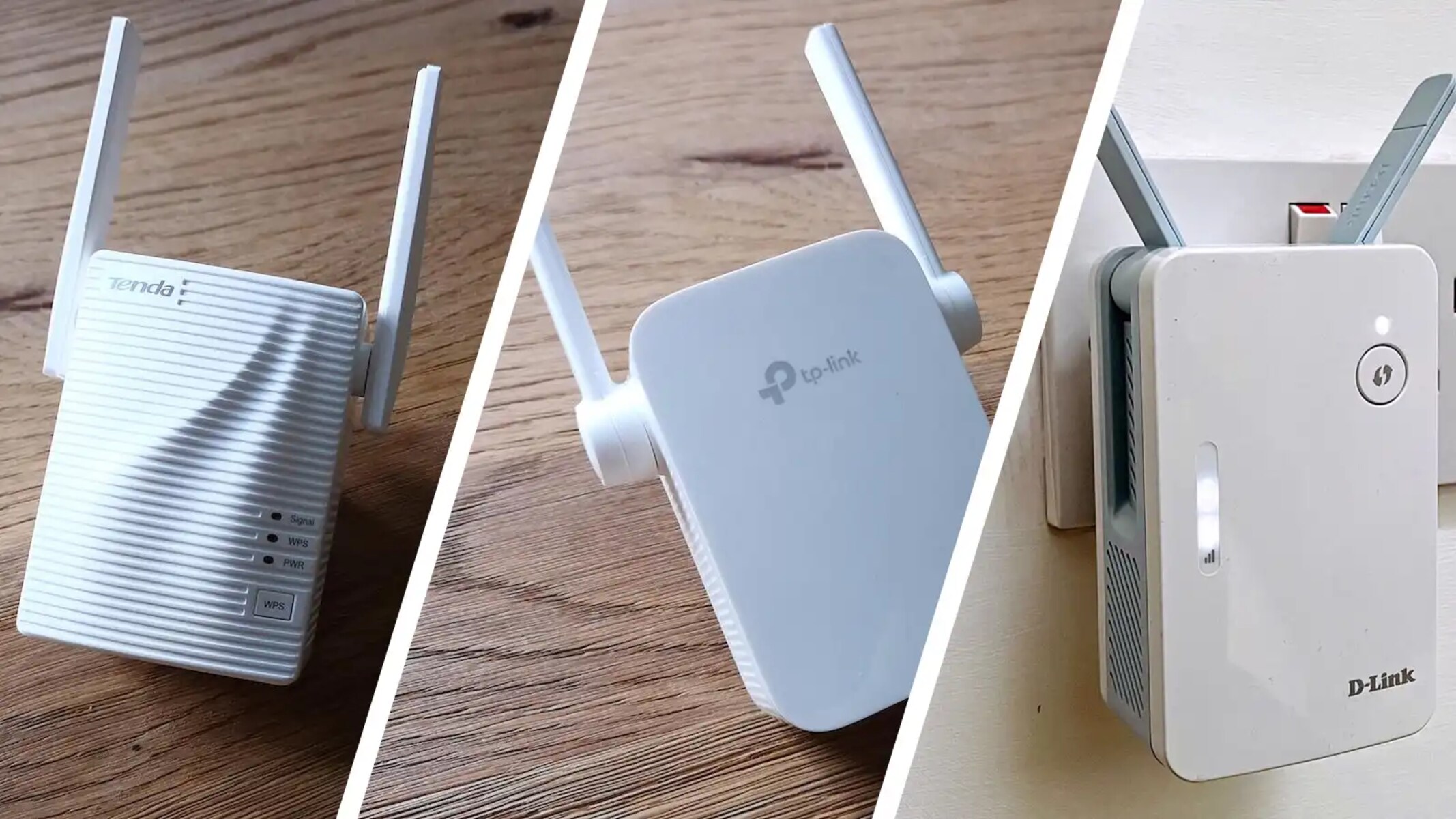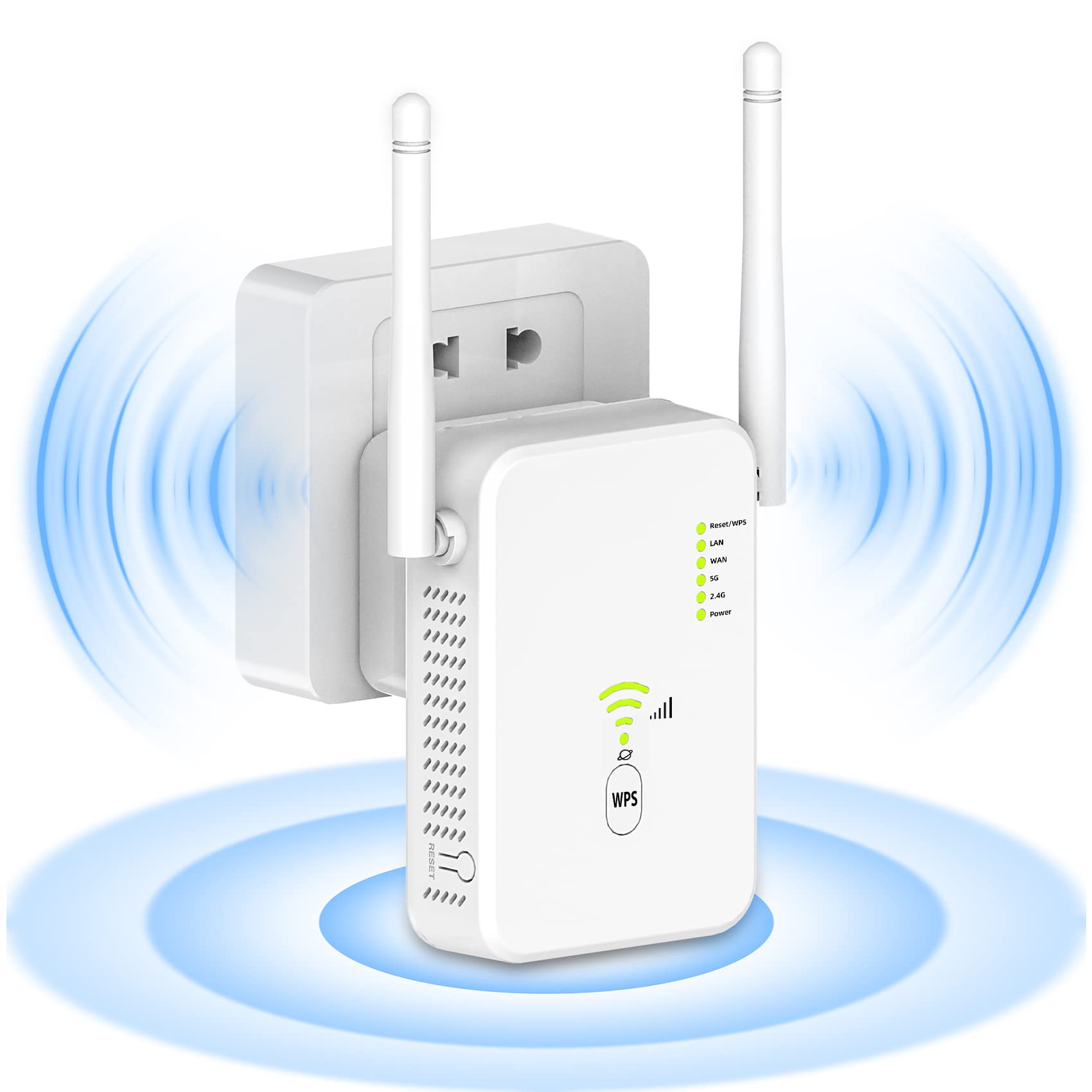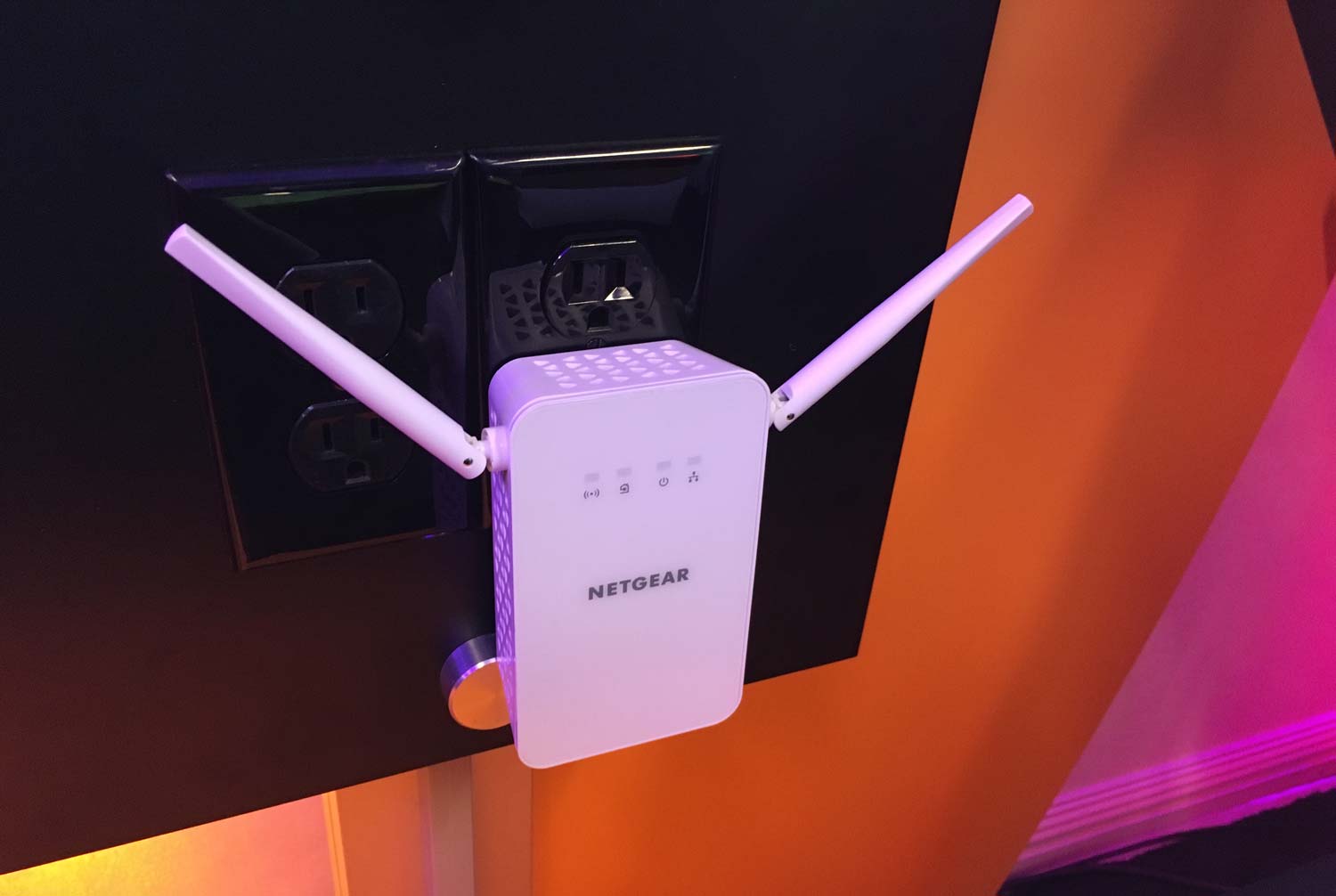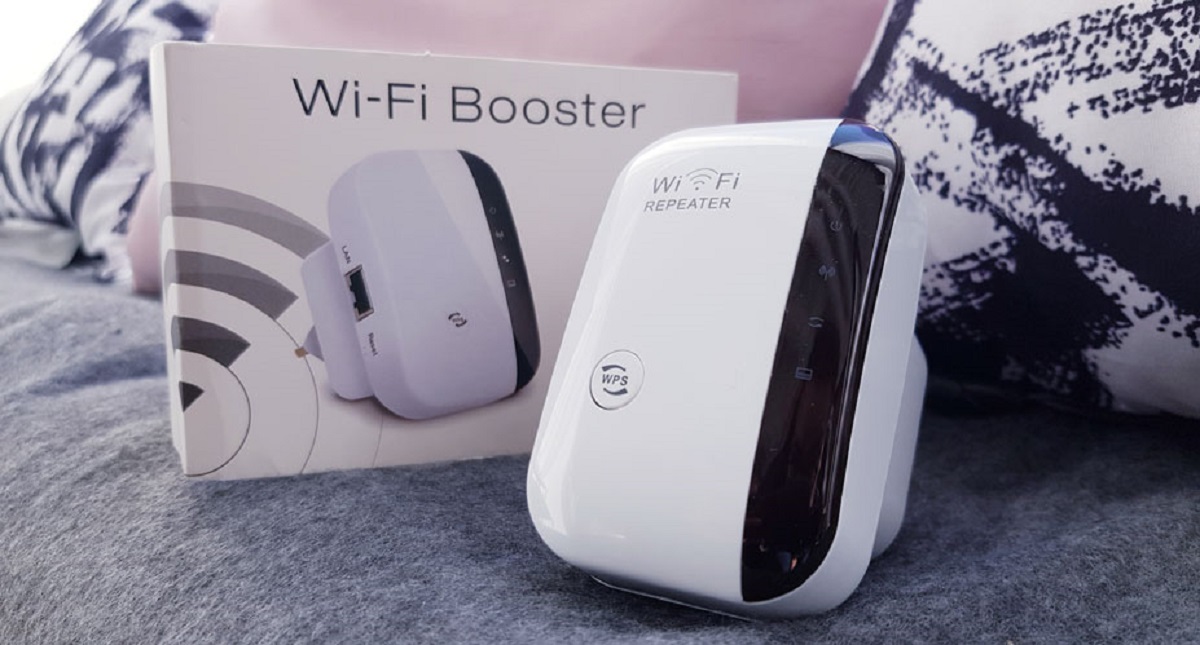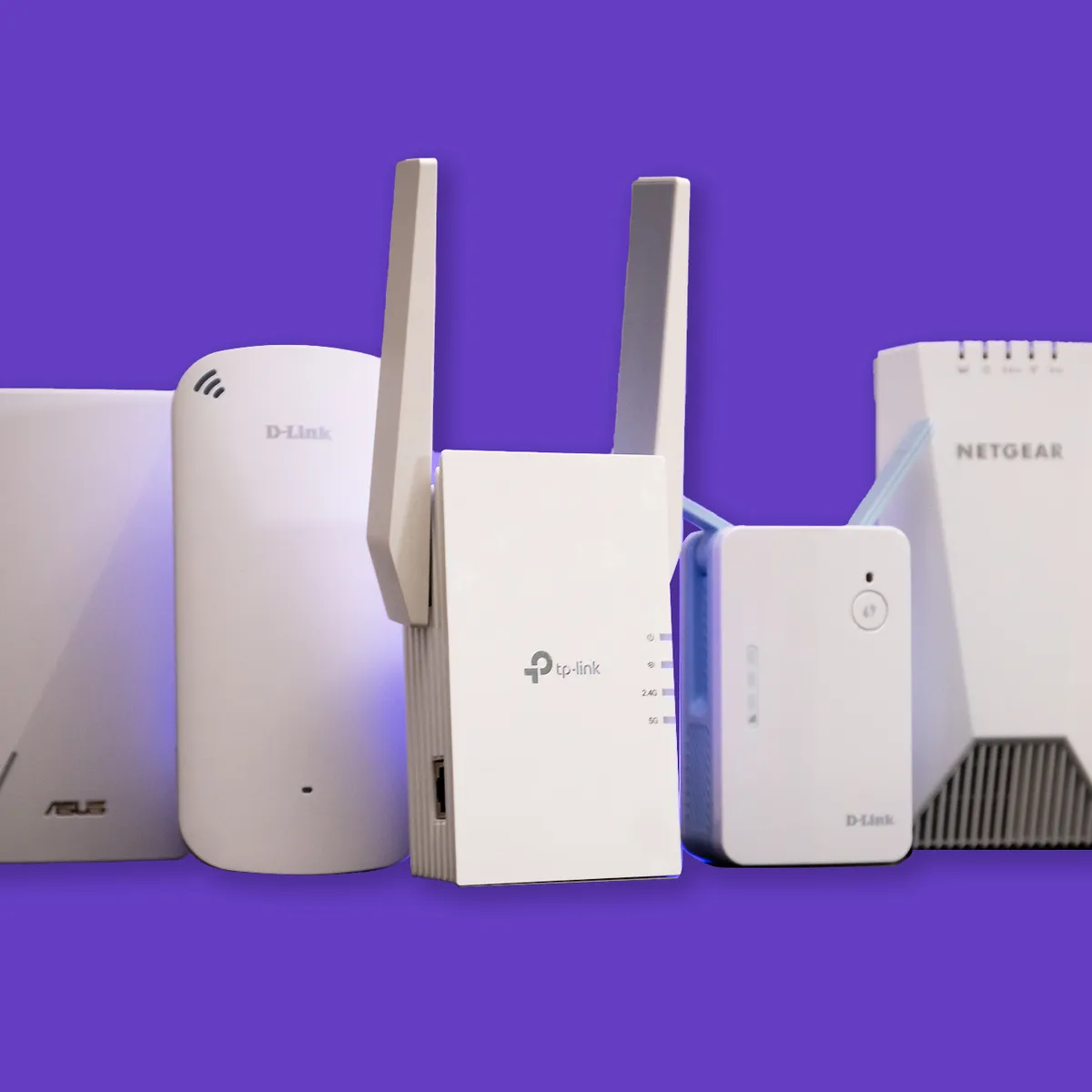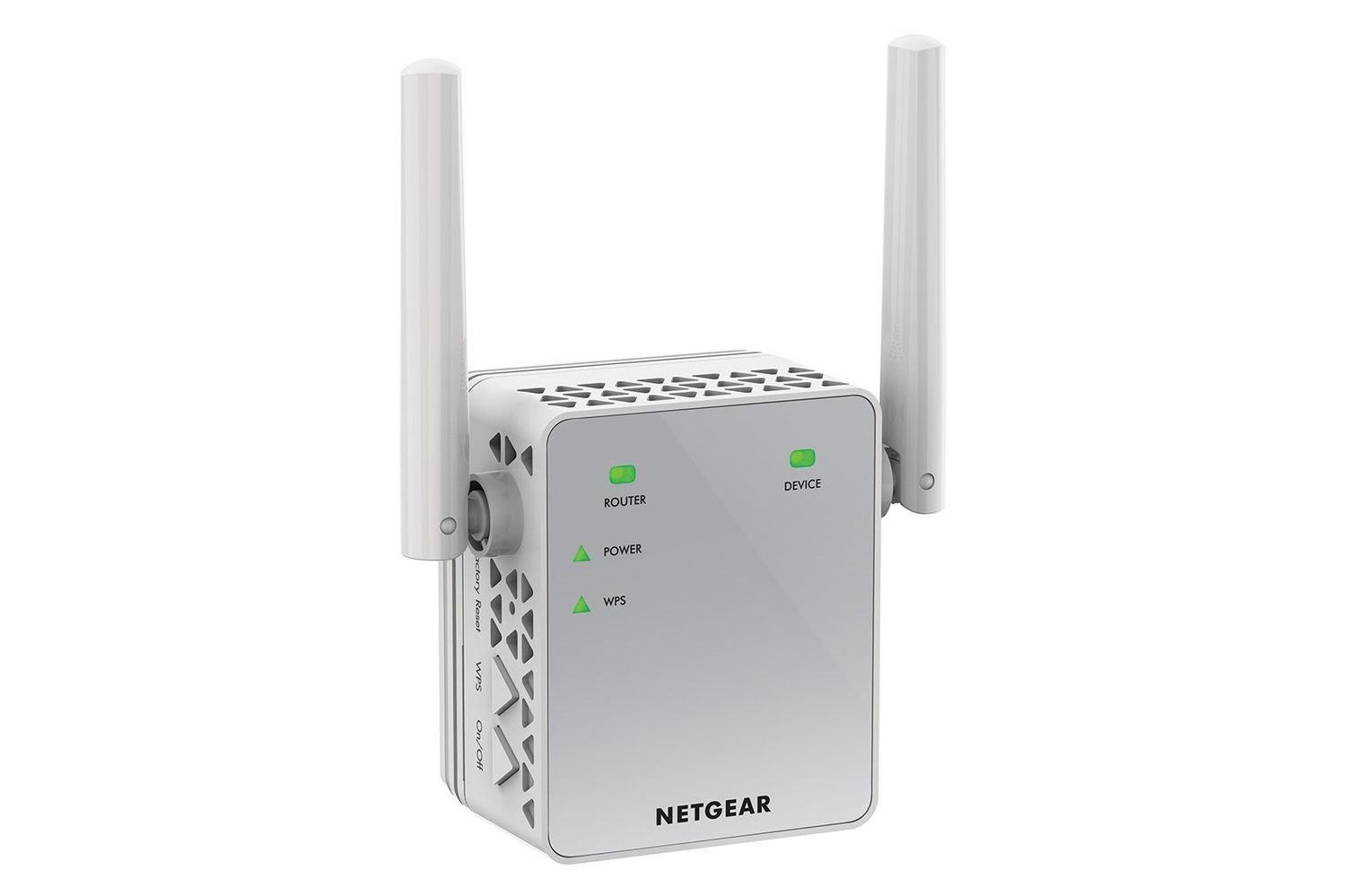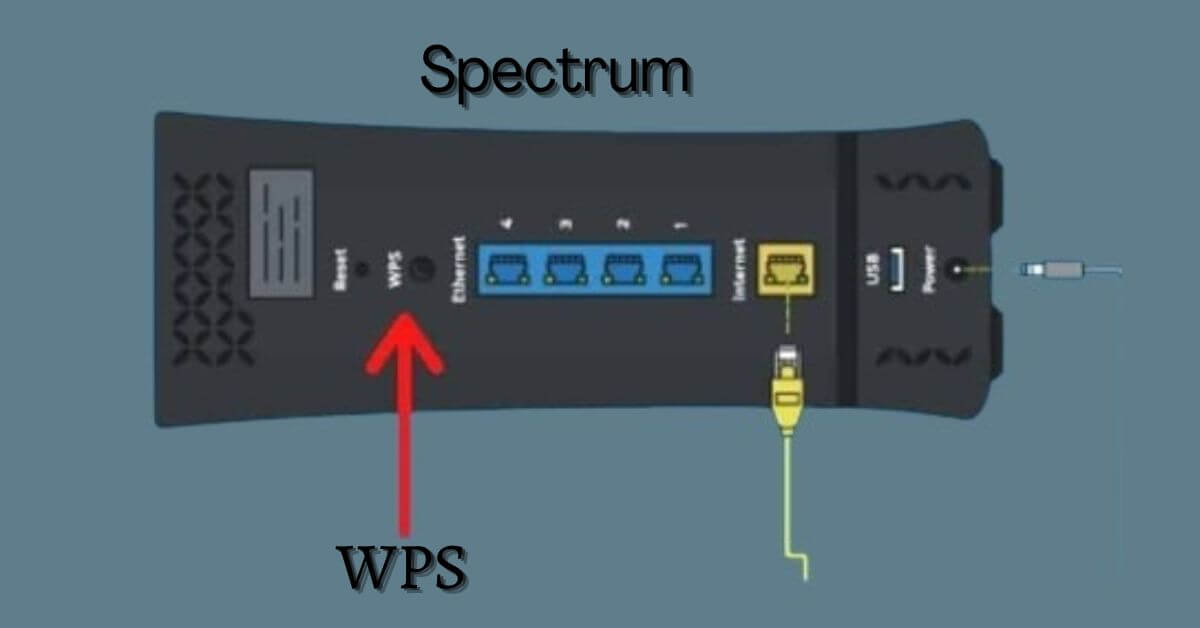Introduction
In the world of wireless technology, one term that you may often come across is WPS. It stands for Wi-Fi Protected Setup and is a feature found in many modern-day routers. But what does WPS mean on Wi-Fi, and why is it important? In this article, we will explore the ins and outs of WPS and shed light on its significance in the realm of wireless networking.
With the ever-increasing reliance on wireless connectivity and the constant need for secure and hassle-free network setups, understanding WPS has become essential. Whether you are a tech-savvy individual or a casual user, knowing about WPS can greatly improve your wireless networking experience. So, let’s dive into the world of WPS and explore its features, benefits, and how to make the most of it.
WPS is a method that simplifies the process of connecting devices to a Wi-Fi network. It eliminates the need for manually entering lengthy security keys or passwords, making it easier for users to set up a secure wireless connection. This feature is particularly useful in scenarios where you have multiple devices that need to connect to a Wi-Fi network, such as smartphones, tablets, laptops, and smart home devices.
The primary goal of WPS is to provide a convenient and straightforward way of establishing a secure connection between your wireless devices and the Wi-Fi network. It achieves this by automating the configuration process, reducing the chances of errors or security vulnerabilities caused by human input. This not only saves time and effort but also ensures strong encryption protocols are in place to protect your data.
Throughout this article, we will delve deeper into how WPS works, its potential security concerns, and how to utilize it on your wireless router. We will also address some common misconceptions surrounding WPS and provide troubleshooting tips for any issues you may encounter. So, let’s unlock the secrets of WPS and empower ourselves with the knowledge to optimize our wireless connections.
What is WPS?
Wi-Fi Protected Setup (WPS) is a wireless network security standard that provides a simplified method for connecting devices to a Wi-Fi network. It was introduced in 2007 by the Wi-Fi Alliance, an organization responsible for promoting and certifying Wi-Fi technology.
The primary purpose of WPS is to offer an easy and convenient way for users to set up a secure wireless connection without the need for complex manual configuration. Traditionally, connecting devices to a Wi-Fi network involved manually entering the network name (SSID) and the security passphrase (password). This process can be cumbersome, especially when dealing with complex passwords or if you have multiple devices to connect.
WPS simplifies the connection process through a push-button or PIN-based mechanism. There are two modes of WPS: the push-button mode and the PIN mode. In the push-button mode, you can press a physical button on your router, and within a limited timeframe, press the WPS button on your device to establish a connection. The PIN mode involves entering an eight-digit PIN into the device’s network settings.
One of the advantages of WPS is its compatibility with various devices, including smartphones, tablets, computers, smart TVs, and internet of things (IoT) devices, making it easier to connect multiple devices to the same Wi-Fi network. Additionally, WPS allows for faster and more secure connections by automatically configuring the appropriate security protocols and encryption settings.
It’s important to note that while WPS can make it easier to set up a Wi-Fi connection, it may not be supported by all routers and devices. Some older devices or specialized network configurations may not have WPS capabilities. It is recommended to check the user manual or specifications of your router or device to determine if WPS is available.
In the next section, we will explore how WPS works and the steps involved in establishing a connection using this feature. Stay tuned to discover how WPS can simplify your wireless networking experience and provide a secure connection for your devices.
How does WPS work?
Understanding how Wi-Fi Protected Setup (WPS) works is crucial to leverage its benefits in setting up a secure wireless connection. WPS utilizes two primary methods: the push-button mode and the PIN-based mode, both of which simplify the connection process for users.
In the push-button mode, you can initiate the WPS connection by pressing a physical button on your router. This button is typically labeled “WPS” or bears the WPS icon. Once you press this button, the WPS function on the router is activated for a limited time, usually around two minutes. During this time window, you need to go to the device you want to connect to the Wi-Fi network and press its corresponding WPS button or initiate the WPS setup process on the device.
Alternatively, instead of using the physical buttons, you can opt for the PIN-based method. This involves entering an eight-digit PIN into the device’s network setup interface. You can find the PIN either on the router itself or in the router’s administration settings. Once you enter the correct PIN, the device attempts to establish a secure connection with the Wi-Fi network.
When the WPS connection process begins, the router and the device negotiate and exchange information required to establish a secure connection. This includes the network name (SSID) and the security passphrase needed for encryption. The router generates a random security passphrase called the Pre-Shared Key (PSK) or Wi-Fi Direct Network Password, which is only shared with the connected device.
To ensure security, WPS employs strong encryption protocols such as WPA2-PSK (Wi-Fi Protected Access II with Pre-Shared Key) or WPA3-PSK, depending on the capabilities of your router. These encryption standards utilize strong encryption algorithms to protect your Wi-Fi network from unauthorized access and ensure the confidentiality of your data.
It’s worth noting that the WPS connection process is temporary and typically lasts for two minutes. After successful connection establishment, the device is securely connected to the Wi-Fi network using the generated security passphrase. This eliminates the need to manually enter long and complex passwords, making the process faster and less prone to errors.
In the next section, we will explore the importance of WPS in wireless networking and the benefits it offers to users. Understanding these advantages will highlight the significance of incorporating WPS into your Wi-Fi setup.
Why is WPS important?
Wi-Fi Protected Setup (WPS) brings several key advantages that make it an essential feature for simplifying and securing wireless network connections.
First and foremost, the convenience factor cannot be overlooked. WPS eliminates the need for manually entering complex and lengthy passwords to connect devices to a Wi-Fi network. This saves time and minimizes the chances of input errors, especially when dealing with devices that lack a physical keyboard or have limited input capabilities, such as smartphones or smart TVs. With just a push of a button or the entry of an eight-digit PIN, WPS streamlines the connection process, ensuring a hassle-free experience for users.
WPS also improves security by automatically generating strong encryption settings when establishing a connection. The random Pre-Shared Key (PSK) or Wi-Fi Direct Network Password generated by the router enhances the security of your Wi-Fi network, making it more resistant to unauthorized access and potential data breaches. This ensures that only the devices you authorize can connect to your network, providing peace of mind in an increasingly interconnected world.
The ability to connect multiple devices quickly and simultaneously is another significant advantage of WPS. With the growth of the Internet of Things (IoT) and the increasing number of devices that require a Wi-Fi connection, WPS enables seamless and rapid integration of these devices into your network. Whether it’s smartphones, tablets, smart home devices, or computers, WPS simplifies the process of connecting them to your Wi-Fi, making it easier to enjoy the convenience and benefits of a connected home or office.
In addition to convenience and security, WPS also promotes compatibility between devices and routers. WPS is a standardized feature adopted by many manufacturers, ensuring that most modern routers and devices are equipped with WPS capabilities. This compatibility eliminates compatibility issues and simplifies the connection process, regardless of the brand or model of your devices. It allows for effortless connectivity between devices, creating a seamless network environment.
However, it’s important to note that while WPS offers convenience and simplification, its usage should be accompanied by caution. As with any technology, there are potential security concerns that should be kept in mind. In the next section, we will address these concerns and clear up common misconceptions about the security of WPS. Understanding the potential risks will assist in making informed decisions regarding the usage of WPS on your wireless network.
Is WPS secure?
Wi-Fi Protected Setup (WPS) offers convenience and simplicity when it comes to connecting devices to your Wi-Fi network. However, there have been concerns raised about the security of WPS and its potential vulnerabilities. It’s important to understand both the strengths and weaknesses of WPS to make an informed decision about using it on your wireless network.
One of the primary security concerns with WPS is the inherent vulnerability of the WPS PIN. The eight-digit PIN used in some WPS implementations can be susceptible to brute-force attacks. Since the PIN is relatively short in length, attackers could potentially guess or crack it through repetitive attempts. This could compromise the security of your Wi-Fi network, allowing unauthorized access to your devices and data.
Another security concern is that some routers may not implement WPS securely. They might have vulnerabilities in their firmware that could potentially be exploited by attackers to gain unauthorized access to your network. Therefore, it’s essential to keep your router’s firmware up to date to minimize security risks associated with WPS.
To mitigate these security concerns, it is recommended to disable WPS on your router if you don’t use it regularly. Disabling WPS removes the potential attack surface and strengthens the overall security of your network. You can typically find the option to disable WPS in your router’s administration settings or web interface.
If you still prefer to use WPS for its convenience, it is advised to opt for the push-button mode instead of the PIN mode. The push-button method is generally considered more secure since it requires physical access to the router to initiate the connection. This makes it more difficult for attackers to exploit vulnerabilities associated with the PIN-based method.
It’s worth noting that modern routers often include additional security features, such as WPA2-PSK (Wi-Fi Protected Access II with Pre-Shared Key) or even the more advanced WPA3-PSK. These encryption protocols provide an additional layer of security, further safeguarding your Wi-Fi network. Ensuring that you have enabled up-to-date and robust security measures is crucial for the overall security of your wireless network.
While WPS does have its security concerns, it can still be used safely if proper precautions are taken. Regularly updating your router’s firmware, disabling WPS when not in use, and employing additional security features like strong encryption protocols can help mitigate the risks associated with WPS usage.
In the next section, we will address some common misconceptions surrounding WPS and provide guidance on how to use WPS effectively on your wireless router.
Common misconceptions about WPS
Wi-Fi Protected Setup (WPS) is a feature that is often misunderstood, leading to various misconceptions about its functionality and security. Let’s take a closer look at some of these misconceptions and clear up any confusion surrounding WPS.
Misconception 1: WPS is the same as Wi-Fi Direct
One common misconception is that WPS and Wi-Fi Direct are the same. While both technologies aim to simplify the process of connecting devices to a Wi-Fi network, they serve different purposes. WPS is primarily used to establish a connection between a device and a wireless router, while Wi-Fi Direct allows devices to connect directly to each other without the need for a router.
Misconception 2: WPS is only used for initial setup
Another misconception is that WPS is only used during the initial setup of a Wi-Fi network and becomes obsolete afterward. In reality, WPS can be used anytime you want to connect a new device to your network, even after the initial setup. It provides a convenient way to add new devices without the need to manually enter network credentials.
Misconception 3: WPS is not secure
There is a common belief that WPS is inherently insecure. While it is true that certain implementation flaws and vulnerabilities have been identified in the past, disabling WPS entirely may not be necessary. By following best practices, such as using the push-button method instead of the PIN-based method and keeping your router’s firmware up to date, you can use WPS securely.
Misconception 4: WPS is compatible with all devices
It is important to note that not all devices support WPS. While most modern routers and devices are equipped with WPS capabilities, older or specialized devices may not have this feature. Therefore, it’s essential to check the specifications or user manual of your devices to determine if WPS is supported.
Misconception 5: Disabling WPS makes your network more secure
While disabling WPS can minimize some security risks associated with brute-force attacks on the PIN, it is not a foolproof solution for network security. It is just one aspect of securing your Wi-Fi network. Employing other security measures such as strong encryption protocols, regularly changing network passwords, and keeping your router’s firmware up to date are equally important for network security.
By understanding these common misconceptions and acquiring accurate knowledge about WPS, you can make informed decisions regarding its usage. In the next section, we will provide guidance on how to effectively use WPS on your wireless router, ensuring a smooth and secure wireless networking experience.
How to use WPS on your wireless router?
Using Wi-Fi Protected Setup (WPS) on your wireless router is a simple and convenient way to connect devices to your Wi-Fi network. Here is a step-by-step guide on how to use WPS effectively.
1. Check for WPS compatibility: Ensure that your router and devices support WPS. Most modern routers have a WPS feature, which is often indicated by a dedicated WPS button or an option in the router’s administration settings.
2. Activate WPS on your router: Locate the WPS button on your router. Press and hold the WPS button for a few seconds until the WPS LED indicator starts flashing. The flashing light indicates that the router is ready to establish a WPS connection.
3. Initiate WPS on your device: On the device you want to connect, navigate to its wireless settings menu and look for the option to connect using WPS. Depending on the device, this option may be labeled as “WPS,” “Wi-Fi Protected Setup,” or similar. Select this option to begin the WPS setup process.
4. Activate WPS on your device: If your device has a physical WPS button, press it within the specified time period (usually within two minutes) after activating the WPS feature on the router. Alternatively, if your device prompts you to enter a PIN, follow the on-screen instructions to enter the eight-digit PIN displayed on the router or provided in its documentation.
5. Establish the connection: The router and device will now communicate with each other to establish a secure connection. This may take a few moments. Once the connection is successfully established, the WPS LED on the router should stop flashing and remain solid.
6. Confirm the connection: Check the device’s network settings or Wi-Fi connectivity to ensure that it is connected to the desired Wi-Fi network. You should now be able to browse the internet and enjoy a secure wireless connection.
Remember to keep in mind the security aspects of WPS. If you’re concerned about potential vulnerabilities, consider using the push-button method rather than the PIN-based method. Additionally, it’s a good practice to disable WPS on your router when you’re not actively using it to minimize any associated risks.
By following these steps and taking appropriate security precautions, you can leverage the convenience of WPS to connect multiple devices to your Wi-Fi network effortlessly.
Troubleshooting WPS issues
While Wi-Fi Protected Setup (WPS) is designed to simplify the process of connecting devices to your Wi-Fi network, you may encounter occasional issues. Here are some common troubleshooting steps to resolve any WPS-related problems you may encounter:
1. Check compatibility: Ensure that both your router and device support WPS. If one of them doesn’t have WPS capabilities, you won’t be able to establish a WPS connection. Refer to the user manuals or specifications of your devices to confirm compatibility.
2. Ensure proper timing: WPS connections typically have a time window during which the connection needs to be established. Make sure you press the WPS buttons or initiate the WPS process on both the router and the device within the specified timeframe, usually two minutes.
3. Confirm WPS status: Check the status of the WPS LED on your router. A solid or steady light typically indicates a successful WPS connection, while a flashing light may indicate an issue. Consult your router’s user manual to understand the specific LED indications and troubleshoot accordingly.
4. Disable conflicting security settings: Some routers may have conflicting security settings that can interfere with WPS. Disable any security features such as MAC address filtering or IP filtering temporarily and try establishing the WPS connection again.
5. Restart the router and device: Power cycling both the router and the device can help resolve temporary software or connection glitches. Turn off both devices, wait for a few seconds, and then turn them back on. Attempt the WPS connection again after the devices have fully restarted.
6. Update router firmware: Ensure that your router’s firmware is up to date. Outdated firmware can cause compatibility issues and impact the performance of WPS. Visit the manufacturer’s website or consult the router’s user manual for instructions on how to update the firmware.
7. Consult manufacturer support: If you have followed the troubleshooting steps and are still experiencing WPS issues, it may be beneficial to contact the manufacturer’s customer support. They can provide specific guidance and assistance based on the make and model of your router and device.
By following these troubleshooting steps, you can overcome common WPS-related issues and establish a successful connection between your devices and Wi-Fi network. Remember to refer to the user manuals and support documentation of your devices for device-specific troubleshooting steps or contact the manufacturer’s support for further assistance if needed.
Conclusion
Wi-Fi Protected Setup (WPS) is a valuable feature that simplifies and enhances the process of connecting devices to a Wi-Fi network. By eliminating the need for manual configuration and complex passwords, WPS offers convenience and time-saving benefits to users.
Throughout this article, we have explored the concept of WPS and its significance in wireless networking. We learned that WPS provides a straightforward and secure method for establishing connections between devices and Wi-Fi networks. It streamlines the process by automating the configuration and encryption settings, making it easier for users to connect multiple devices to their network.
Despite some security concerns surrounding WPS, such as potential vulnerabilities in the PIN-based method, there are precautions you can take to use WPS safely. Disabling WPS when not in use and keeping your router’s firmware up to date are essential steps to enhance the security of your network. By following best practices and leveraging additional security features like strong encryption protocols, you can minimize the associated risks and enjoy the convenience of WPS.
We also addressed common misconceptions about WPS, such as confusing it with Wi-Fi Direct or assuming it is only used for initial network setup. By clarifying these misconceptions, you now have a better understanding of how WPS works and its benefits in connecting devices to your Wi-Fi network.
Lastly, we provided guidance on using WPS effectively and troubleshooting any issues that may arise. By following the recommended steps, you can maximize the usage of WPS on your wireless router and overcome any connectivity challenges.
In conclusion, Wi-Fi Protected Setup (WPS) is an invaluable feature that simplifies the process of connecting devices to your Wi-Fi network. By leveraging its convenience and adopting best security practices, you can enjoy the benefits of a hassle-free, secure, and efficient wireless networking experience.







